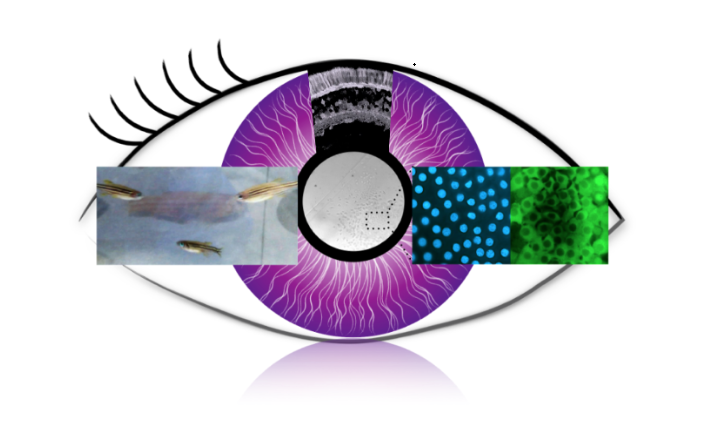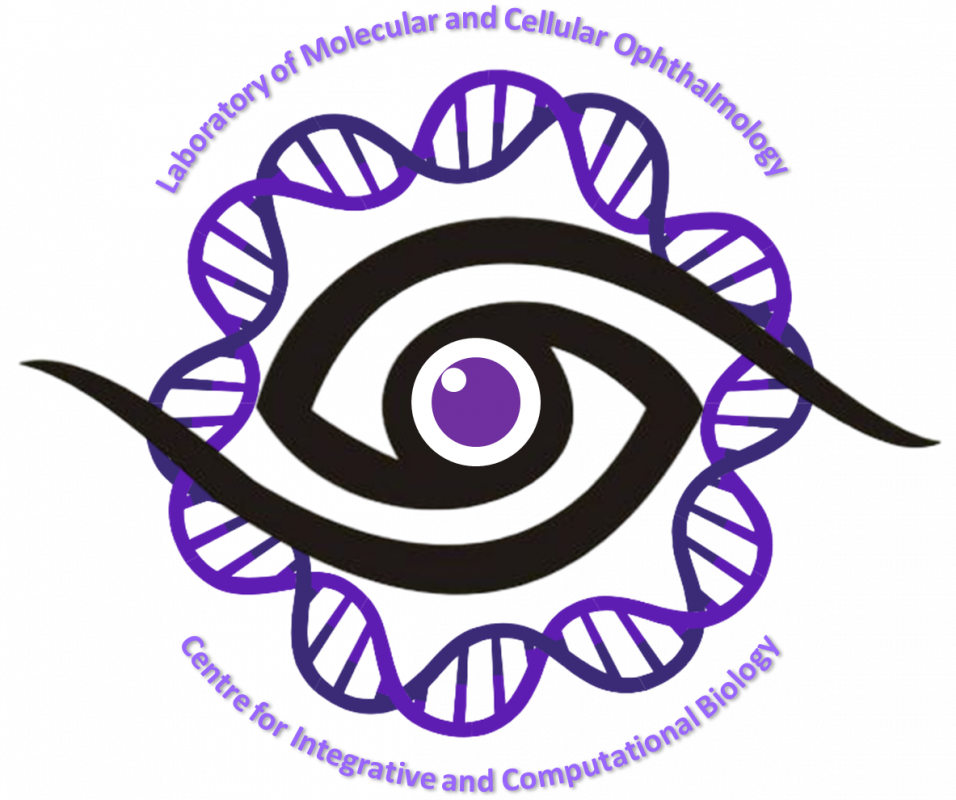
Overview
We use the zebrafish Danio rerio and biospecimens as experimental models for understanding molecular and cellular bases of inherited and age-related ocular disorders.
Current research activity
- Collaborating with the University of L’Aquila, Messina, and Istituto Mario Negri Bergamo, we characterise genetic models for inherited retinopathies, retinal protection, regeneration, and cell therapy applications.
- Collaborating with the University of Heidelberg, Kassel, and CNR Pavia, we characterise lens epithelial cells behaviours and signalling pathways dynamics in the ageing lens.
- We characterise links between the light-dark cycle and gene expression and their implications for ocular cell well-being.
We are always happy to receive feedback and establish synergies with Ophthalmology centres and clinicians, to foster the bridging between fundamental discoveries and clinical applications and contribute to research and innovation with regional impact.
Collaborations
- Gerd U Auffarth, University-Eye Clinic Heidelberg - LECs from cataract surgery
- Silvia Bertoluzza, CNR Pavia
- Elfriede Friedmann, University of Kassel
- Rita Maccarone, University dell'Aquila
- Susanna Tomasoni, Istituto di Ricerche Farmacologiche Mario Negri, Bergamo
- Antonella Sidoti, Rosalia D’Angelo, Luigi Donato, University of Messina
- Matthias Carl, University of Trento
- Simona Casarosa, University of Trento
Funding
Bando: PRIN 2022 (D.D. 104/22)
An innovative cross-species transcriptome approach to target retinal cell dysfunction in age-related macular degeneration
Lucia Poggi, Responsabile di Unità
Codice Protocollo: 2022PWMW5A CUP: E53D23011540006

Selected publications
PubMed link
Google Scholar link
Lab Members
Samuele Sartori, MSc
Undergraduate BSc and MSc Students
Highly motivated scientists are always welcome, from undergraduate students to postdoc levels. Substantial help for research and Fellowship applications will be provided.
To this end, please directly contact PI Lucia Poggi.

